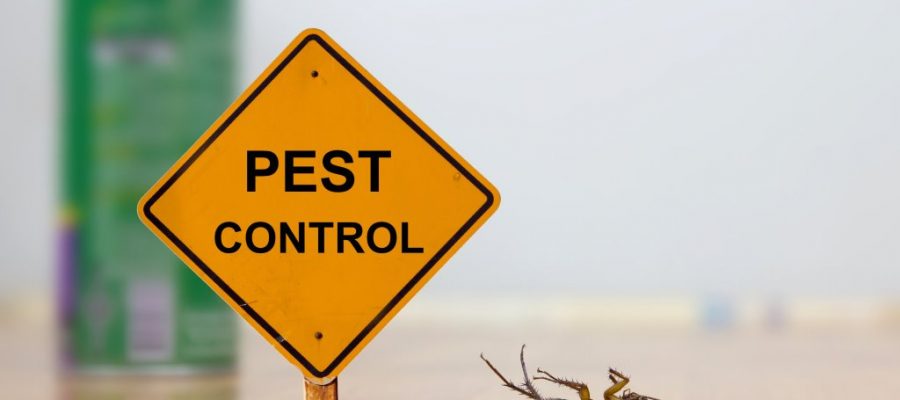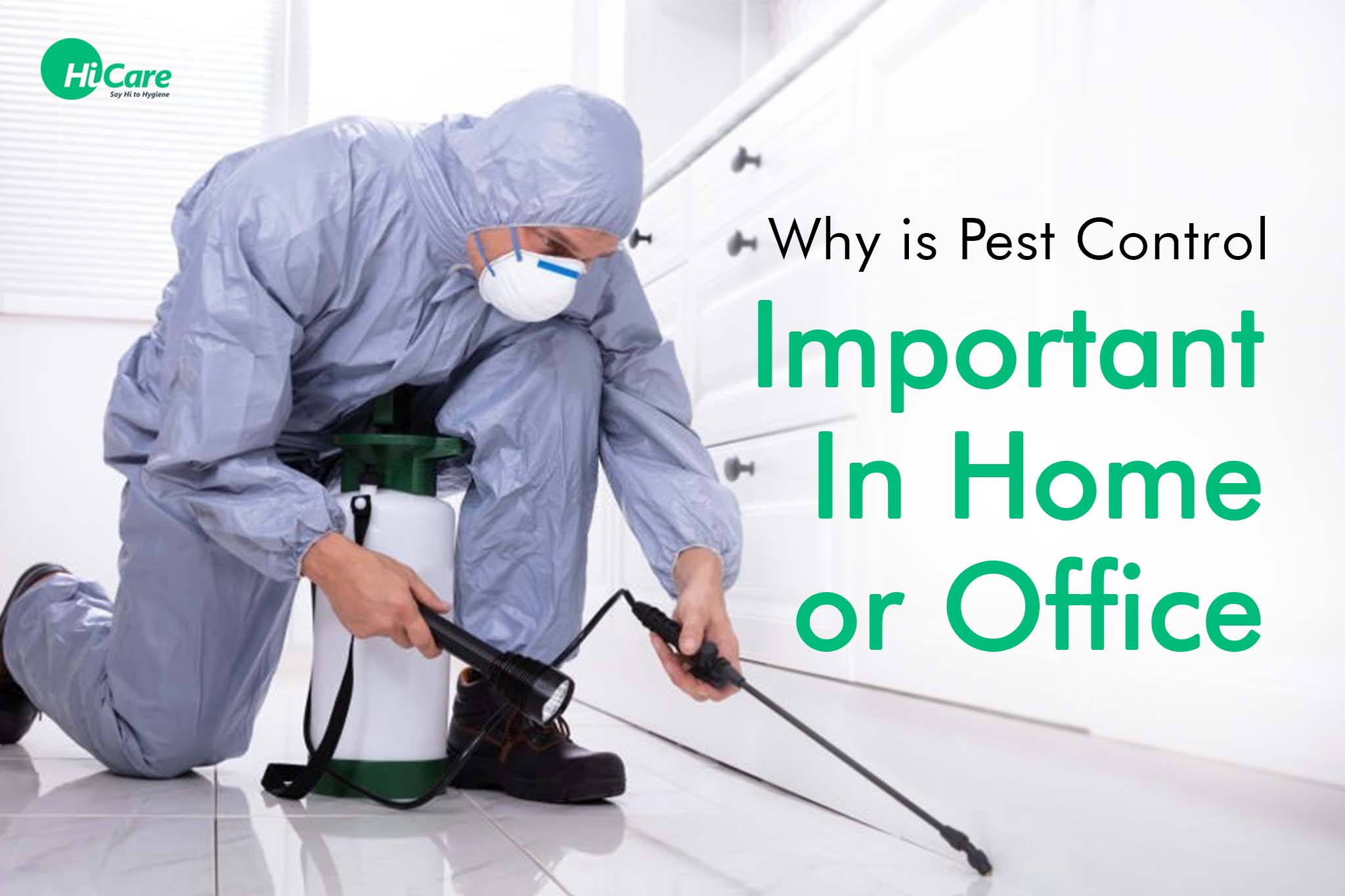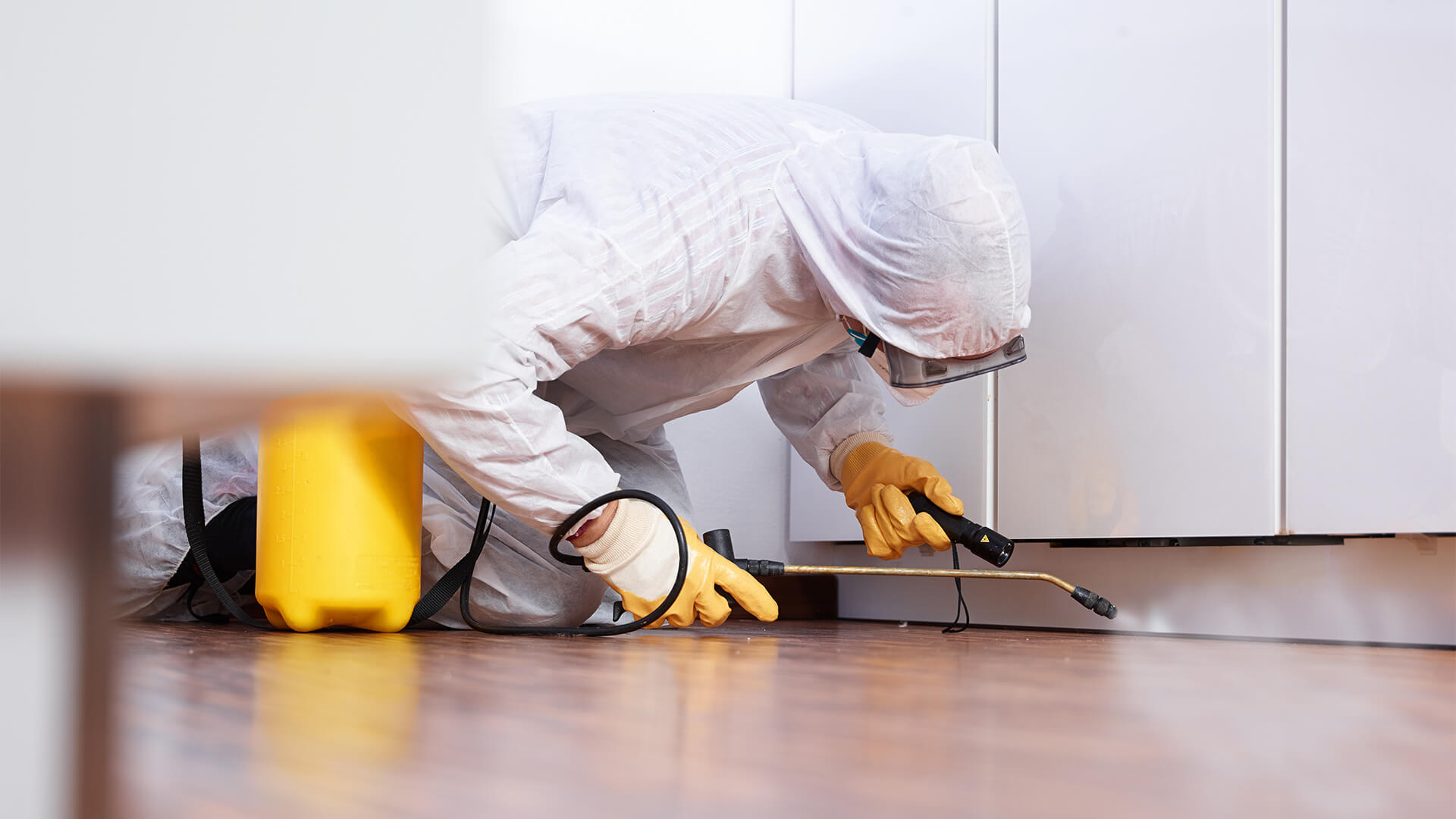Find the Best Exterminator Coquitlam for Fast and Reliable Pest Control
Find the Best Exterminator Coquitlam for Fast and Reliable Pest Control
Blog Article
Safe and Trusted Insect Control for Lasting Security
Reliable bug management calls for a multifaceted strategy that balances ecological stability with the need for reliable insect reductions. The nuances of these approaches may not be quickly clear, triggering a closer assessment of the practices that can lead to sustainable parasite control results.
Recognizing Insect Control Approaches
Insect control incorporates a range of approaches targeted at handling and eradicating unwanted insects and rodents that can intimidate both health and residential or commercial property. Comprehending these approaches is critical for effective insect monitoring.
The primary categories of bug control approaches include mechanical, biological, and chemical techniques. Mechanical approaches involve physical barriers and traps to avoid pest entrance and capture undesirable varieties. Utilizing screens on home windows or employing sticky traps can substantially reduce insect populations without presenting harmful compounds - exterminator coquitlam.

Chemical parasite control is often one of the most identified technique, utilizing pesticides to remove parasites. These chemicals can be reliable however need to be utilized with caution to avoid unfavorable effects on non-target species and the atmosphere.
Advantages of Eco-Friendly Solutions
Just how can environmentally friendly options transform pest control practices? The fostering of green insect control approaches supplies various advantages, substantially boosting the effectiveness and safety of insect administration.

An additional benefit is the positive effect on regional biodiversity. Environment-friendly remedies are created to target certain bugs while protecting helpful bugs and wildlife, promoting a balanced community. This strategy lines up with the growing consumer demand for lasting techniques, enhancing the credibility of bug control carriers.
Integrated Insect Management Strategies
The execution of green options naturally leads to the fostering of Integrated Insect Monitoring (IPM) approaches, which additionally improve insect control efficacy. IPM is an all natural method that incorporates several strategies to take care of bug populations while minimizing ecological impact. This approach highlights using organic, cultural, mechanical, and chemical controls, guaranteeing a well balanced and lasting technique of insect management.
One basic element of IPM is the thorough analysis of insect task and environmental conditions. By monitoring parasite populaces and determining their life process, professionals can implement targeted interventions that disrupt the insect's habitat or lifecycle, lowering dependence on chemical pesticides. Additionally, cultural practices such as crop turning and environment control can dramatically diminish bug establishment and reproduction.
One more crucial element is making use of biological control agents, such as useful pests or microorganisms, which can naturally reduce bug populaces. When chemical applications are essential, IPM prioritizes using low-risk chemicals and uses them selectively, lessening direct exposure to non-target microorganisms and human beings.
Incorporating IPM approaches not just enhances pest control performance yet also promotes a more secure ecological community, aligning with Get More Information the growing need for sustainable methods in insect monitoring.
Safe Practices for Homeowners
Comprehending the significance of risk-free practices in insect control can equip house owners to properly take care of pest concerns while protecting their health and wellness and the atmosphere. Executing non-toxic methods and preventive actions is essential in reducing exposure to harmful chemicals.
Homeowners must first analyze their atmosphere for conditions that draw in insects, such as standing water, food, and clutter waste. Routinely cleansing and securing entry factors can deter bugs from invading the home. Using all-natural deterrents, such as necessary oils or diatomaceous planet, can do your own pest control give effective choices to chemical pesticides.
When chemical therapies are required, homeowners ought to select items that are especially labeled as risk-free for residential use. It is necessary to follow application standards meticulously to prevent too much exposure. Furthermore, utilizing targeted therapies in locations where parasites are identified, as opposed to covering splashing, can considerably minimize chemical usage.
Finally, keeping open interaction with parasite control professionals is vital. Property owners must ask about the safety and security of items used and demand environmentally friendly choices whenever possible. By taking on these safe practices, property owners can create a healthier living environment while efficiently handling pest problems.

Tips for Long-Term Security
Developing an insect monitoring approach that stresses lasting security can considerably improve the efficiency of the safe techniques formerly gone over. To accomplish this, home owners must execute regular inspections of their building, concentrating on concealed areas such as attic rooms, cellars, and crawl spaces. Early discovery of bug activity is important in stopping infestations from taking hold.
In addition, preserving a clean setting is crucial. This includes proper food storage space, promptly cleaning up spills, and regularly throwing away garbage. These methods minimize attractants that draw parasites into the home. Sealing access factors, such as fractures around home windows and doors, can properly block possible pest gain access to.
Landscape design ought to likewise be considered; maintaining plants cut and maintaining best termite control a distance in between plant life and the home reduces concealing places for pests. Using natural deterrents, such as necessary oils or diatomaceous planet, can further dissuade invasions without considering harsh chemicals.
Finally, collaborating with an expert bug control solution for routine evaluations can offer an additional layer of protection. These specialists can use customized referrals and progressed treatments, ensuring that your home remains safeguarded against bugs in the long term.
Conclusion
To conclude, risk-free and trustworthy parasite control calls for a complex method that stresses eco-friendly approaches and incorporated parasite administration. By carrying out natural deterrents, carrying out routine examinations, and preserving appropriate sanitation, homeowner can significantly minimize bug populaces while safeguarding beneficial insects and the atmosphere. Cooperation with specialist parasite control services boosts the efficiency of these strategies, guaranteeing customized remedies that give long-term protection and satisfaction against future problems.
Effective parasite monitoring requires a diverse technique that balances eco-friendly honesty with the requirement for efficient bug suppression. The fostering of environment-friendly parasite control techniques offers countless benefits, significantly boosting the effectiveness and safety and security of insect monitoring.The application of eco-friendly options naturally leads to the fostering of Integrated Pest Monitoring (IPM) techniques, which better enhance bug control efficacy. exterminator coquitlam. By monitoring bug populaces and identifying their life cycles, practitioners can carry out targeted treatments that disrupt the bug's environment or lifecycle, minimizing dependence on chemical pesticides.In conclusion, risk-free and reliable insect control needs a complex method that stresses environmentally friendly approaches and integrated pest monitoring
Report this page